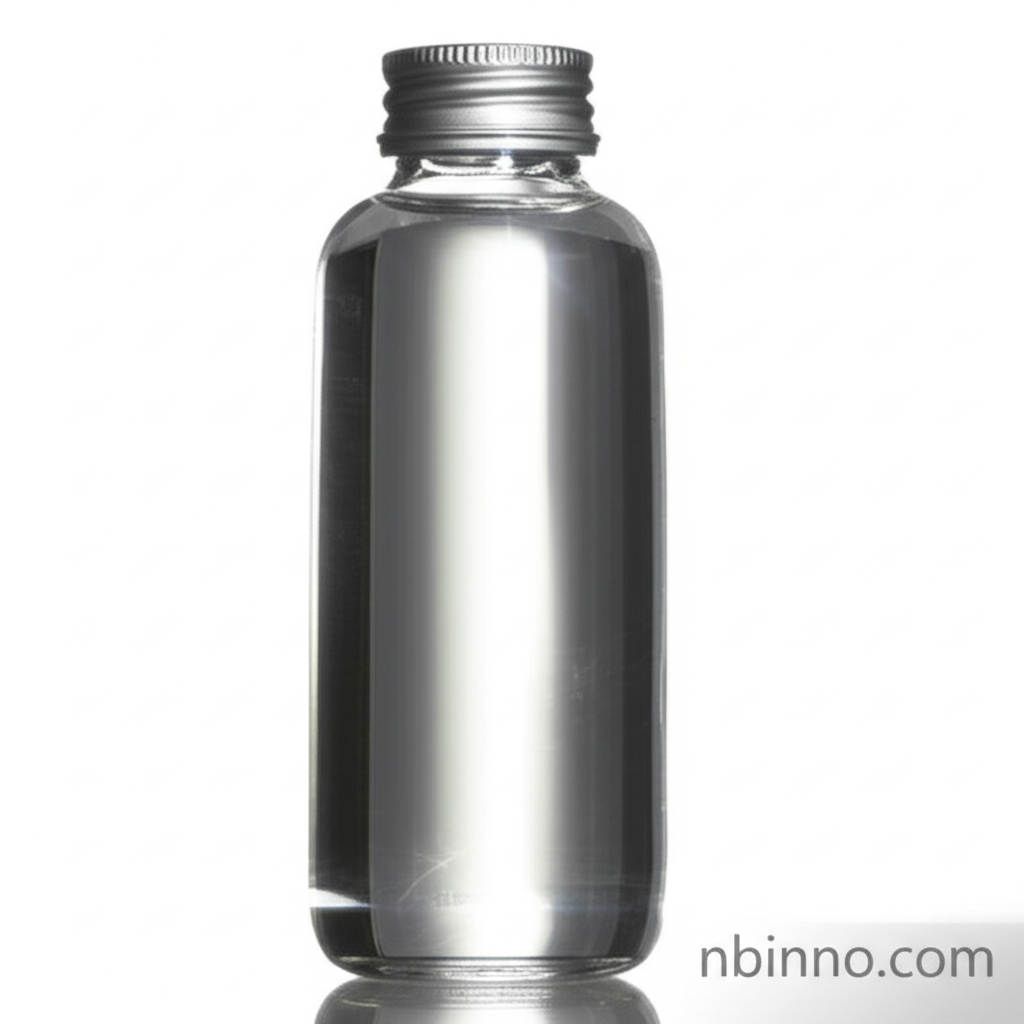1,3-Diethyltetramethyldisiloxane: Properties, Applications, and Safety
Discover the versatile applications and key characteristics of 1,3-Diethyltetramethyldisiloxane (CAS 2295-17-2), a vital organosilicon compound for various industrial needs. Learn why this substance is a preferred choice for performance and safety.
Get a Quote & SampleProduct Core Value

1,3-Diethyltetramethyldisiloxane
As a leading supplier in China, we offer 1,3-Diethyltetramethyldisiloxane, a critical organosilicon compound valued for its unique properties. Its clear liquid appearance and low melting point make it highly processable. We pride ourselves on providing high-purity materials that meet stringent industry standards, acting as a reliable manufacturer in China for your chemical sourcing needs.
- Explore the chemical intermediate lubricant uses of 1,3-Diethyltetramethyldisiloxane, enhancing machinery performance and longevity.
- Understand the diverse organosilicon compound applications, from industrial lubricants to personal care formulations.
- Benefit from the low surface tension and good thermal stability properties of this versatile siloxane.
- Discover the advantages of its non-reactive nature, ensuring stability in various chemical environments, a key aspect of safe handling of siloxanes.
Key Advantages Provided
Exceptional Lubricity
Leveraging its low surface tension, 1,3-Diethyltetramethyldisiloxane serves as an effective lubricant, reducing friction and wear in mechanical systems, contributing to extended equipment life and optimal operation.
Enhanced Formulation Properties
Its use in surfactant production and in polishes and coatings highlights its ability to improve spreading and wetting properties, leading to smoother finishes and better product performance, aligning with advanced material synthesis.
Chemical Stability and Safety
The non-reactive nature and low toxicity of this organosilicon compound ensure its safe handling and suitability for personal care products and environmentally friendly applications, reflecting a commitment to safety in specialty chemical intermediates.
Key Applications
Lubrication Applications
As a highly effective lubricant, 1,3-Diethyltetramethyldisiloxane provides smooth operation and reduces friction in various mechanical systems, a crucial aspect of industrial lubricant formulations.
Surfactant Production
Its role in surfactant production stems from its ability to lower surface tension, enhancing wetting and spreading properties in diverse formulations, a core element of surface science innovations.
Polishes and Coatings
Incorporated into polishes and coatings, it contributes to smoothness and durability, showcasing its utility in advanced material synthesis and creating superior surface finishes.
Personal Care Products
Its low toxicity and non-reactive characteristics make it a safe ingredient for personal care products, aligning with the growing demand for safe and effective chemical intermediates.
